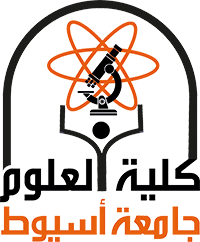Recent plastid phylogenomic studies have helped clarify the backbone phylogeny of angiosperms. However, the relatively limited taxon sampling in these studies has precluded strongly supported resolution of some regions of angiosperm phylogeny. Other recent work has suggested that the 25,000-bp plastid inverted repeat (IR) region may be a valuable source of characters for resolving these remaining problematic nodes. Consequently, we aligned all available angiosperm IR sequences, resulting in a matrix of 24,702 aligned bases for 246 accessions, including 36 new accessions. Maximum likelihood analyses of the complete data set yielded a generally well-supported topology that is highly congruent with those of recent plastid phylogenomic analyses. However, reducing taxon sampling to match a recent 83-gene plastid analysis resulted in significant changes in bootstrap support at some nodes. Notably, IR analyses resolved Pentapetalae into three well-supported clades: (1) superasterids (comprising Santalales, Caryophyllales, Berberidopsidales, and Asteridae), (2) superrosids (comprising Vitaceae, Saxifragales, and Rosidae), and (3) Dilleniaceae. These results provide important new evidence for a stable, well-supported phylogenetic framework for angiosperms and demonstrate the utility of IR data for resolving the deeper levels of angiosperm phylogeny. They also reiterate the importance of carefully considering taxon sampling in phylogenomic studies.
Research Abstract
Research Department
Research Journal
International Journal of Plant sciences
Research Member
Research Rank
0
Research Vol
Vol. 172, No. 4
Research Year
2011
Research Pages
PP. 541-558

